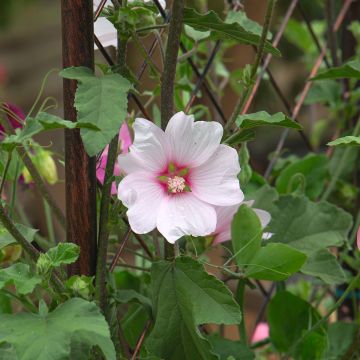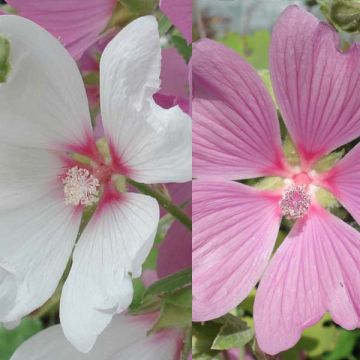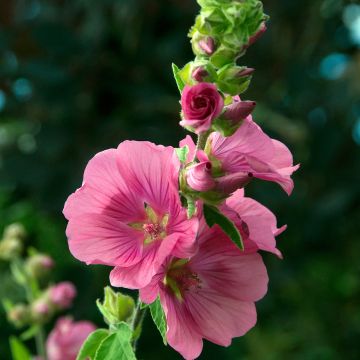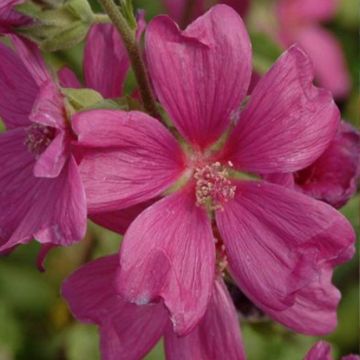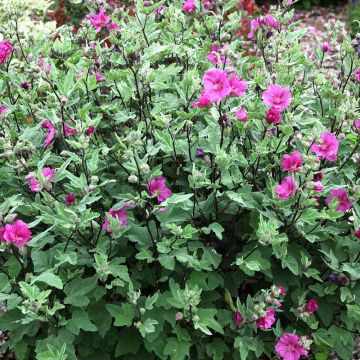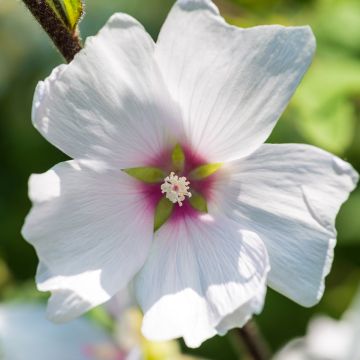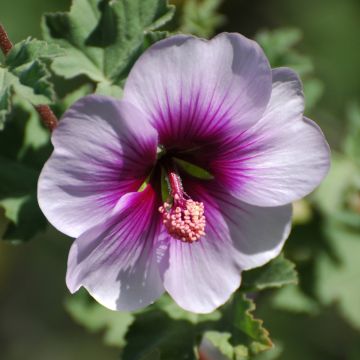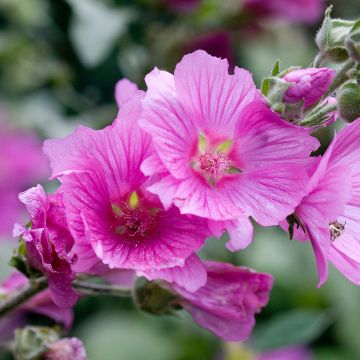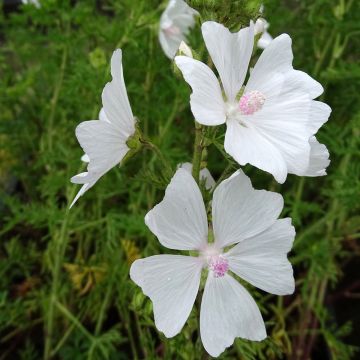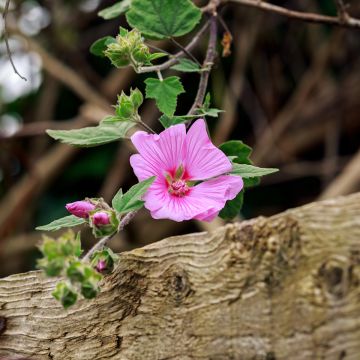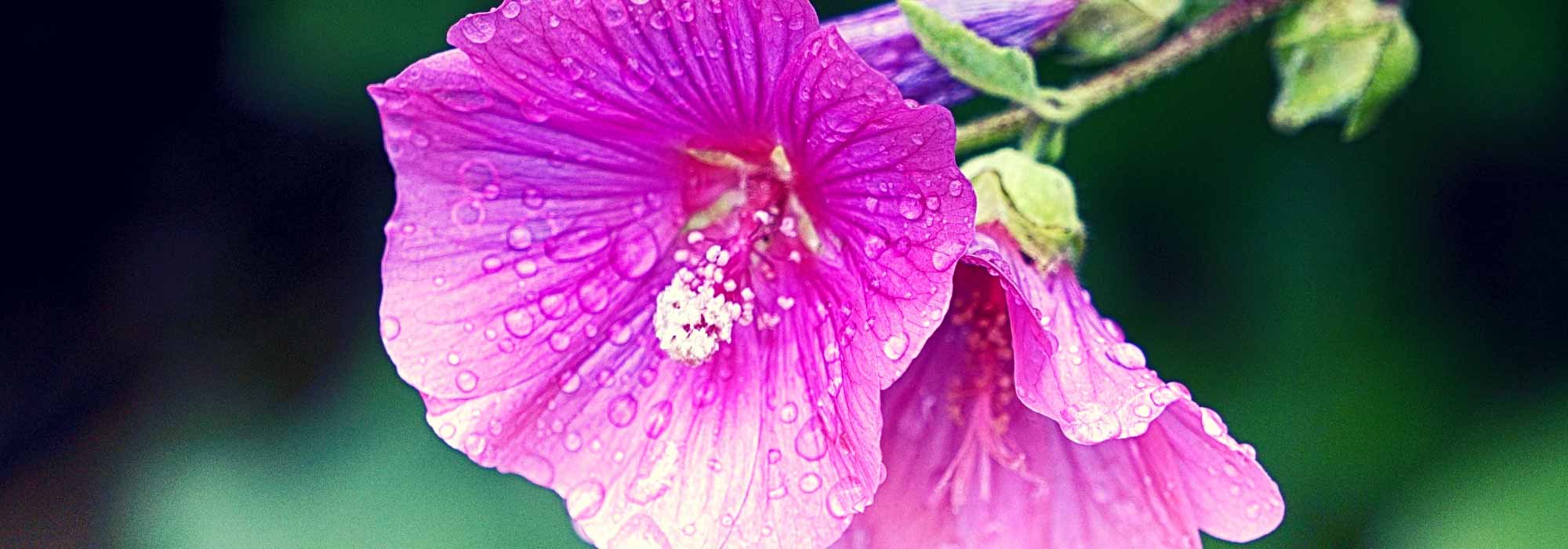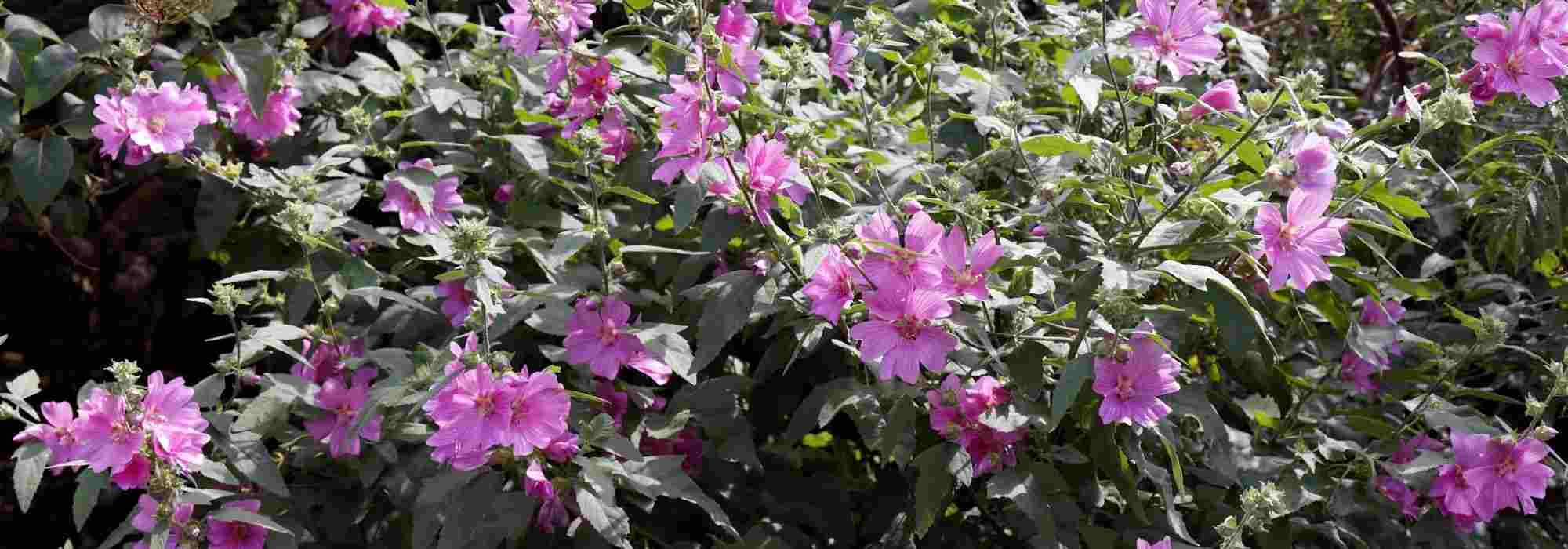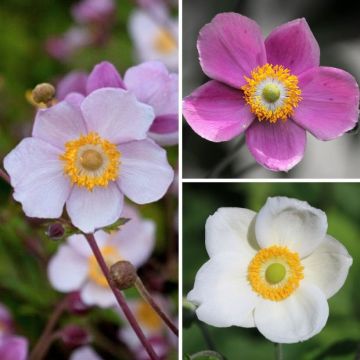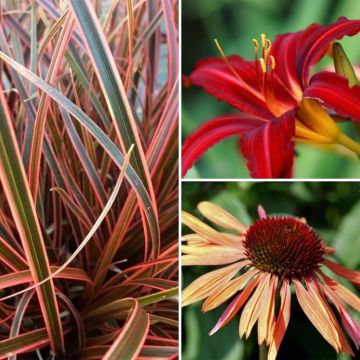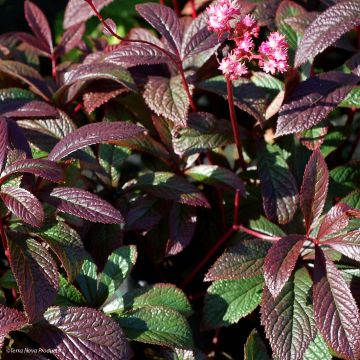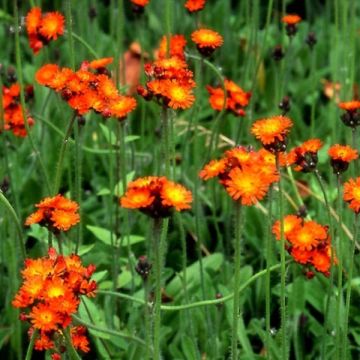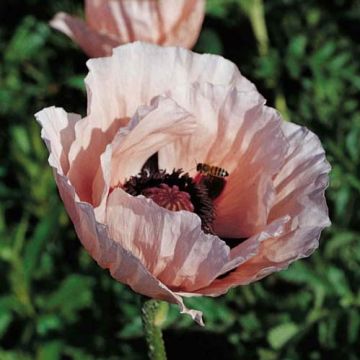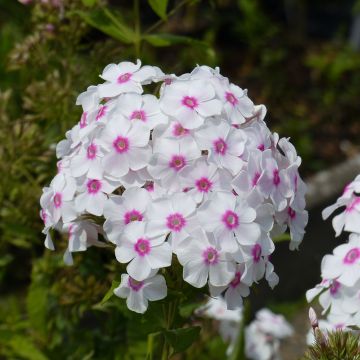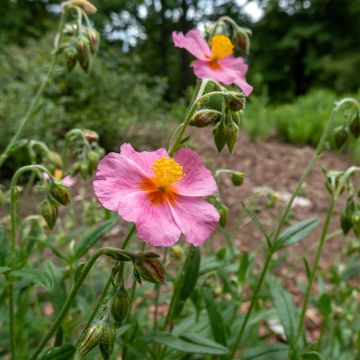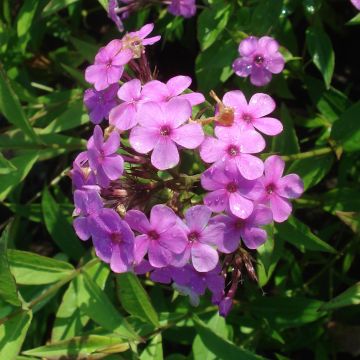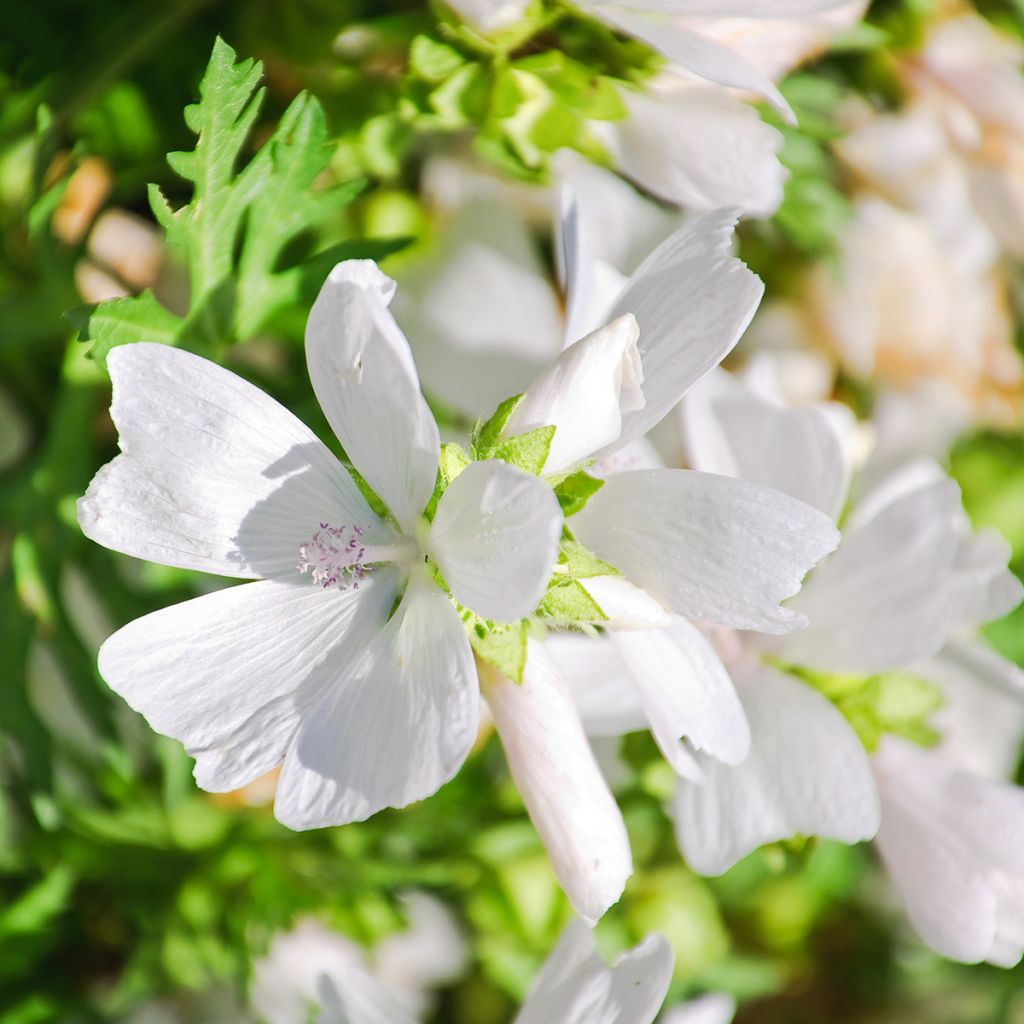

Lavatera thuringiaca First Light - Tree Mallow
Lavatera thuringiaca First Light - Tree Mallow
Lavatera thuringiaca First Light
Garden Tree-mallow, Thuringian Mallow, Tree Mallow
Special offer!
Receive a €20 voucher for any order over €90 (excluding delivery costs, credit notes, and plastic-free options)!
1- Add your favorite plants to your cart.
2- Once you have reached €90, confirm your order (you can even choose the delivery date!).
3- As soon as your order is shipped, you will receive an email containing your voucher code, valid for 3 months (90 days).
Your voucher is unique and can only be used once, for any order with a minimum value of €20, excluding delivery costs.
Can be combined with other current offers, non-divisible and non-refundable.
Why not try an alternative variety in stock?
View all →This plant carries a 12 months recovery warranty
More information
We guarantee the quality of our plants for a full growing cycle, and will replace at our expense any plant that fails to recover under normal climatic and planting conditions.
Would this plant suit my garden?
Set up your Plantfit profile →
Description
Lavatera thuringiaca First Light, also known as Tree Mallow, is a perennial variety that offers lovely white flowers, slightly tinged with pale pink in the centre, which appear throughout the summer. They appear on tall hairy stems covered with beautiful lobed green foliage. It is a plant that quickly reaches a good metre and its slightly wild appearance suits many styles of garden.
Lavateras belong to the large Malvaceae family. It is a genus that includes many species, some more woody and others can be annual, biennial or perennial.
Lavatera Thuringiaca is a perennial species native to Central and Southwest Europe. The variety 'First Light' offers flowers ranging from 5 to 8 cm (2 to 3in) in diameter, with five petals. These are a beautiful pure white slightly tinged with pink in the centre. These flowers are short-lived but they constantly renew themselves from July to August. Its habit is spreading and quickly reaches a height of 1 metre (3 feet), or even 1.5 metres (5 feet), with a width of 1 to 1.2 metres (3 to 4 feet).
It is a sun loving plant that can tolerate any soil, even ordinary, dry and well-drained soil. It withstands summer drought but requires good staking in gardens exposed to strong winds.
Its maintenance is very simple and consists only of cutting back its stems, in early winter, to a height of 50 cm (20in).
Lavatera First Light is fairly hardy but it should be protected with a good layer of dead leaves in regions with very harsh winters. It withstands sea spray well and can therefore be planted by the seaside.
In the garden, it forms beautiful backgrounds in mixed borders and pairs very well with roses. It can easily be associated with annuals like the tall Giant Cosmos Sensation Radiance or perennials like Sedum Herbstfreude, Yarrows and also with its relatives the hollyhocks and mallow.
Flowering
Foliage
Plant habit
Botanical data
Lavatera
thuringiaca
First Light
Malvaceae
Garden Tree-mallow, Thuringian Mallow, Tree Mallow
Cultivar or hybrid
Other Lavatera - Tree Mallow
View all →Planting and care
Plant Lavateras in full sun or partial shade in rich and moist but well-drained soil. Protect them from cold and drying winds in colder regions. Feel free to cut the flowers and make bouquets as pruning stimulates growth and makes the plants stronger. At the start of winter, trim them back to 50 cm (20in), above the first buds, and if the winter is very cold, mulch your plants. You can also give them a shaping pruning in spring. These plants have a lifespan of 5 to 6 years. In large flower beds, replace one out of three plants each year. Lavateras can be easily propagated by cuttings. Every year, as soon as the buds swell in March, leave only two or three buds at the base of the new shoots, to create a sturdy framework. Remove excess or misplaced old wood. Lavateras can be prone to rust, root rot, and fungal infections from heavy soil.
Planting period
Intended location
Care
Planting & care advice
This item has not been reviewed yet - be the first to leave a review about it.
Similar products
Haven't found what you were looking for?
Hardiness is the lowest winter temperature a plant can endure without suffering serious damage or even dying. However, hardiness is affected by location (a sheltered area, such as a patio), protection (winter cover) and soil type (hardiness is improved by well-drained soil).

Photo Sharing Terms & Conditions
In order to encourage gardeners to interact and share their experiences, Promesse de fleurs offers various media enabling content to be uploaded onto its Site - in particular via the ‘Photo sharing’ module.
The User agrees to refrain from:
- Posting any content that is illegal, prejudicial, insulting, racist, inciteful to hatred, revisionist, contrary to public decency, that infringes on privacy or on the privacy rights of third parties, in particular the publicity rights of persons and goods, intellectual property rights, or the right to privacy.
- Submitting content on behalf of a third party;
- Impersonate the identity of a third party and/or publish any personal information about a third party;
In general, the User undertakes to refrain from any unethical behaviour.
All Content (in particular text, comments, files, images, photos, videos, creative works, etc.), which may be subject to property or intellectual property rights, image or other private rights, shall remain the property of the User, subject to the limited rights granted by the terms of the licence granted by Promesse de fleurs as stated below. Users are at liberty to publish or not to publish such Content on the Site, notably via the ‘Photo Sharing’ facility, and accept that this Content shall be made public and freely accessible, notably on the Internet.
Users further acknowledge, undertake to have ,and guarantee that they hold all necessary rights and permissions to publish such material on the Site, in particular with regard to the legislation in force pertaining to any privacy, property, intellectual property, image, or contractual rights, or rights of any other nature. By publishing such Content on the Site, Users acknowledge accepting full liability as publishers of the Content within the meaning of the law, and grant Promesse de fleurs, free of charge, an inclusive, worldwide licence for the said Content for the entire duration of its publication, including all reproduction, representation, up/downloading, displaying, performing, transmission, and storage rights.
Users also grant permission for their name to be linked to the Content and accept that this link may not always be made available.
By engaging in posting material, Users consent to their Content becoming automatically accessible on the Internet, in particular on other sites and/or blogs and/or web pages of the Promesse de fleurs site, including in particular social pages and the Promesse de fleurs catalogue.
Users may secure the removal of entrusted content free of charge by issuing a simple request via our contact form.
The flowering period indicated on our website applies to countries and regions located in USDA zone 8 (France, the United Kingdom, Ireland, the Netherlands, etc.)
It will vary according to where you live:
- In zones 9 to 10 (Italy, Spain, Greece, etc.), flowering will occur about 2 to 4 weeks earlier.
- In zones 6 to 7 (Germany, Poland, Slovenia, and lower mountainous regions), flowering will be delayed by 2 to 3 weeks.
- In zone 5 (Central Europe, Scandinavia), blooming will be delayed by 3 to 5 weeks.
In temperate climates, pruning of spring-flowering shrubs (forsythia, spireas, etc.) should be done just after flowering.
Pruning of summer-flowering shrubs (Indian Lilac, Perovskia, etc.) can be done in winter or spring.
In cold regions as well as with frost-sensitive plants, avoid pruning too early when severe frosts may still occur.
The planting period indicated on our website applies to countries and regions located in USDA zone 8 (France, United Kingdom, Ireland, Netherlands).
It will vary according to where you live:
- In Mediterranean zones (Marseille, Madrid, Milan, etc.), autumn and winter are the best planting periods.
- In continental zones (Strasbourg, Munich, Vienna, etc.), delay planting by 2 to 3 weeks in spring and bring it forward by 2 to 4 weeks in autumn.
- In mountainous regions (the Alps, Pyrenees, Carpathians, etc.), it is best to plant in late spring (May-June) or late summer (August-September).
The harvesting period indicated on our website applies to countries and regions in USDA zone 8 (France, England, Ireland, the Netherlands).
In colder areas (Scandinavia, Poland, Austria...) fruit and vegetable harvests are likely to be delayed by 3-4 weeks.
In warmer areas (Italy, Spain, Greece, etc.), harvesting will probably take place earlier, depending on weather conditions.
The sowing periods indicated on our website apply to countries and regions within USDA Zone 8 (France, UK, Ireland, Netherlands).
In colder areas (Scandinavia, Poland, Austria...), delay any outdoor sowing by 3-4 weeks, or sow under glass.
In warmer climes (Italy, Spain, Greece, etc.), bring outdoor sowing forward by a few weeks.






























